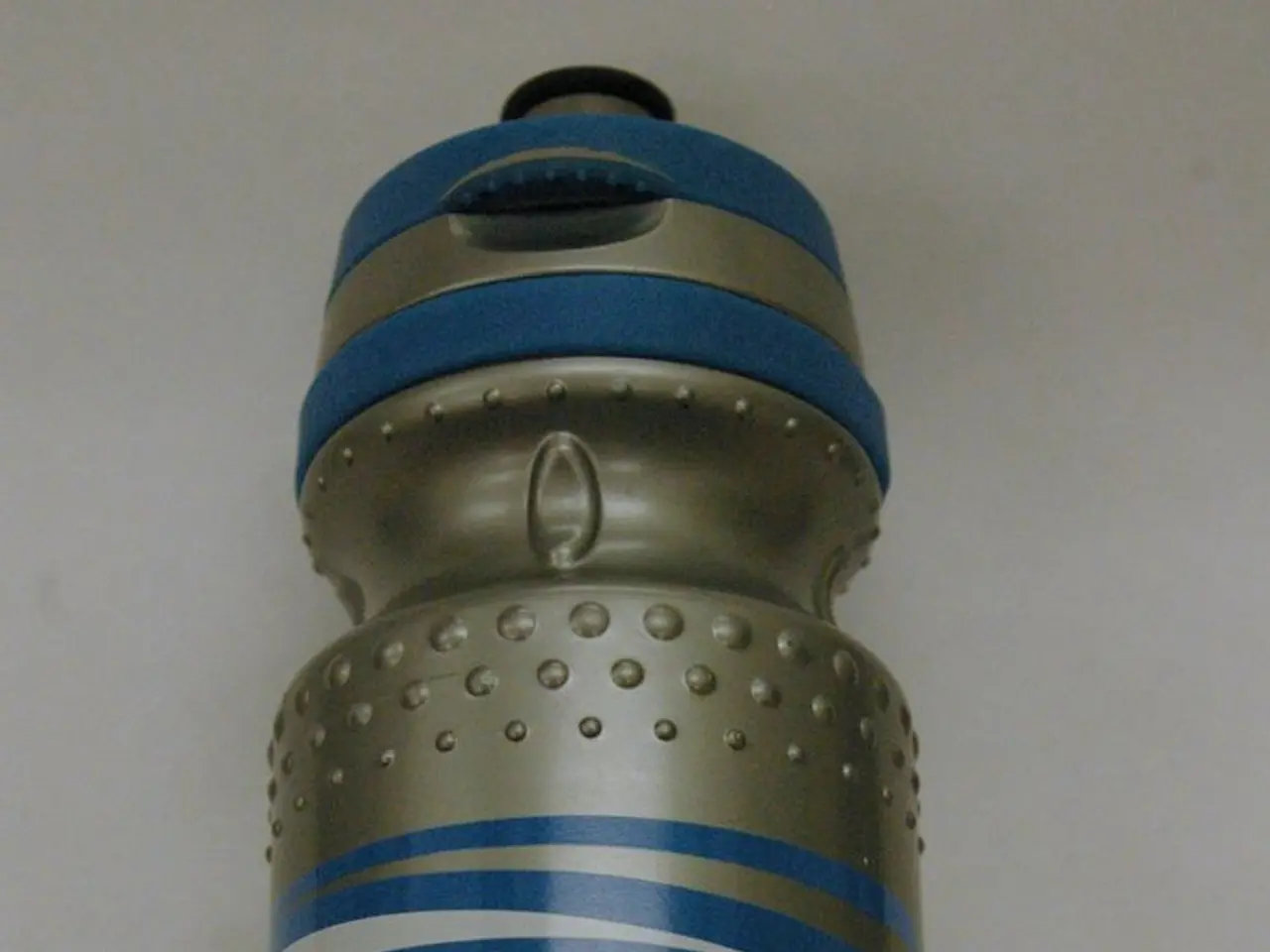Rapamycin's Billion-Dollar Success Raises Biopiracy Concerns for Easter Island Inhabitants
Rapamycin, a drug discovered on Easter Island in 1964, has become a billion-dollar pharmaceutical success, with over 59,000 journal articles mentioning it. Despite its significance, the Rapa Nui people, the island's indigenous inhabitants, have not received any financial benefit from its commercialization, raising questions about biopiracy and pharmaceutical ethics.
The story of rapamycin began in 1964 during the Medical Expedition to Easter Island (METEI). Canadian researchers, led by Surendra Nath Sehgal at Ayerst Pharmaceuticals, collected soil samples from the island. Among them was a sample containing the rapamycin-producing bacteria, discovered by Georges Nogrady. Rapamycin was initially developed as an immunosuppressant to prevent organ transplant rejection and improve stent efficacy.
Its power lies in its ability to inhibit the target of rapamycin kinase (TOR), a master regulator of cell growth and metabolism. This has led to its expanded use in treating various types of cancer and its exploration for treating diabetes, neurodegenerative diseases, and aging. However, the Rapa Nui people have received no financial benefit from rapamycin's commercialization, despite their crucial role in its discovery. This has raised concerns about biopiracy and the ethical implications of pharmaceutical research on indigenous communities.
Rapamycin's journey from Easter Island to global pharmaceutical success highlights the need for fair compensation and recognition of indigenous communities in drug discovery. As rapamycin continues to revolutionize medicine, addressing these ethical concerns is crucial for the future of pharmaceutical research and its impact on communities like the Rapa Nui people.
Read also:
- Impact of a Government Shutdown on Citizens
- Medical Specialist Based in Visakhapatnam
- Individuals in New York afflicted by Legionnaires' disease have legitimate legal entitlements. Here's some essential information on the matter.
- Toxic Shock Syndrome: Signs, Origins, Tampon Connection, and Further Details








